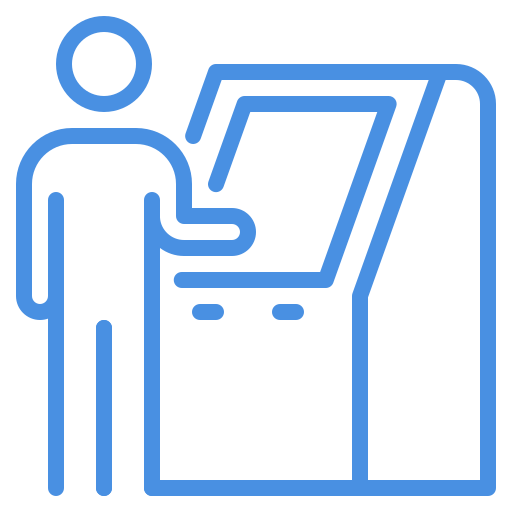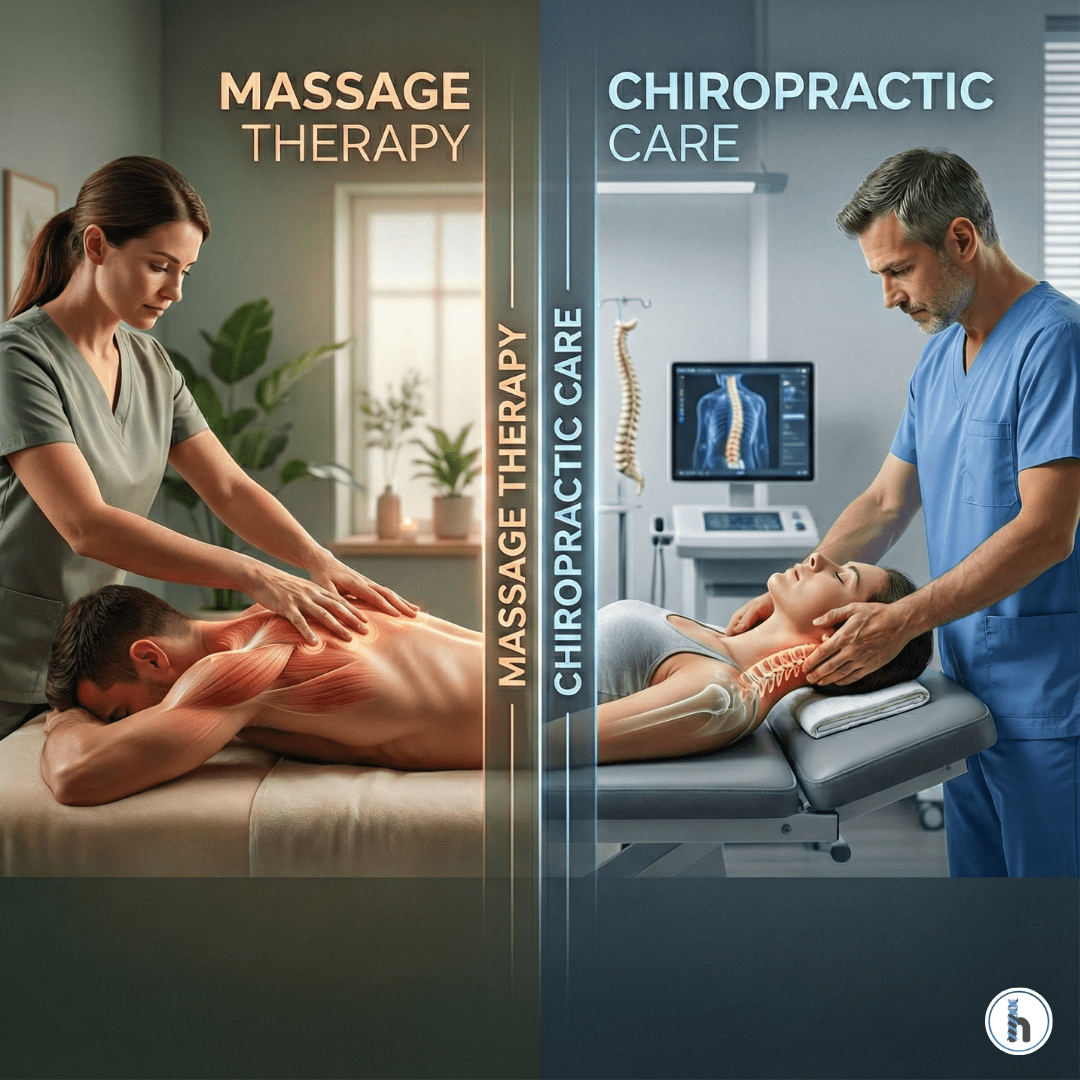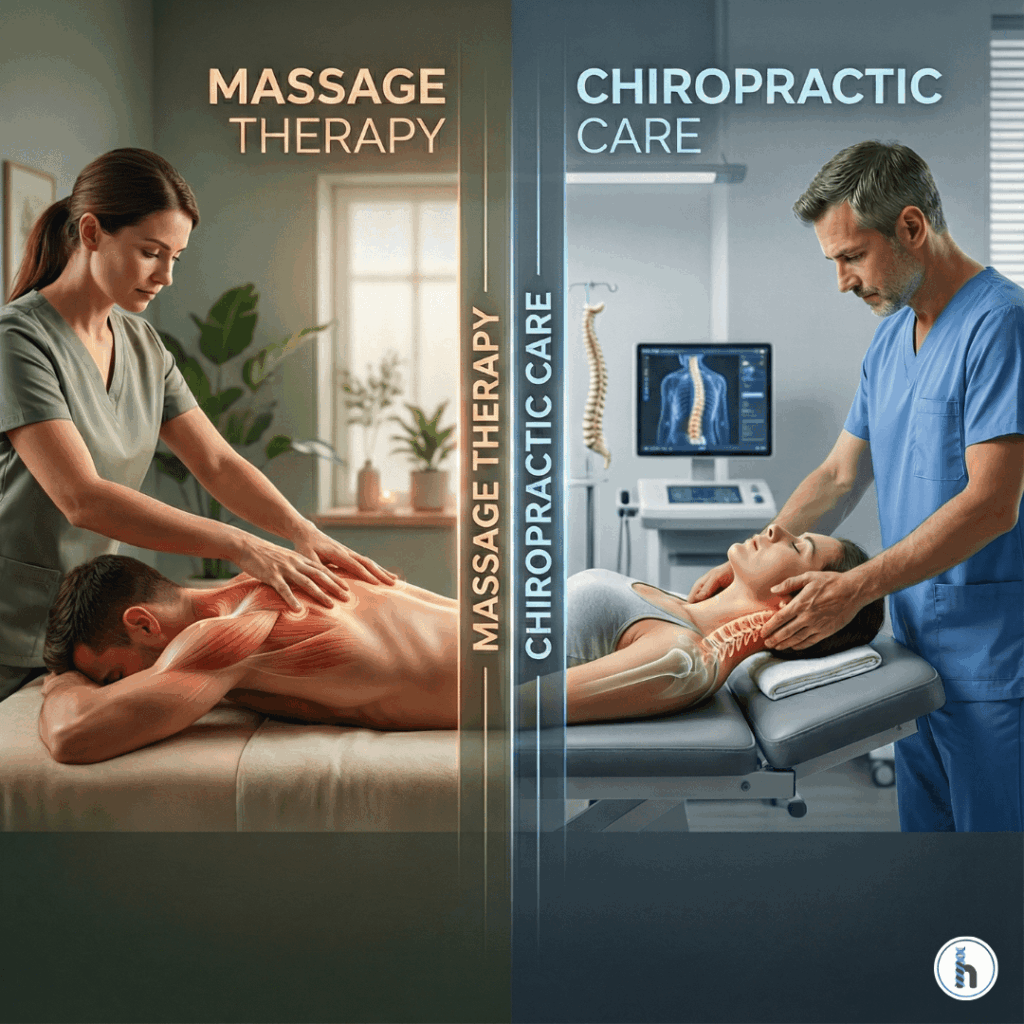Chiropractic Care for Chronic Pain: An Evidence-Based Guide for Therapists
Table of Contents
Chiropractic care for chronic pain is an effective complementary approach for conditions like sciatica, arthritis, and migraines, especially when pain is rooted in spinal misalignment or nerve compression. For physical and occupational therapists, integrating chiropractic care can enhance traditional rehab by improving joint mobility and restoring functional movement.
This article examines the evidence behind this approach for these three major chronic pain conditions and shows how PTs/OTs can integrate it into treatment plans. We’ll also explore how HelloNote EMR helps clinics track progress for coordinated care.

1. Chiropractic for Sciatica: Addressing Nerve Compression
Sciatica (radiating leg pain from lumbar nerve compression) often stems from:
- Herniated discs pressing on nerve roots
- Piriformis syndrome (tight muscle compressing the sciatic nerve)
- Sacroiliac (SI) joint dysfunction altering nerve pathways
How Chiropractic Adjustments Help
Spinal manipulation, specifically lumbar adjustments, can reduce disc pressure and relieve nerve irritation. Correcting SI joint dysfunction may also decrease sciatic nerve tension.
PT/OT Integration Example
A patient with limited forward bending due to sciatic pain may benefit from:
- Chiropractic: Lumbar decompression to improve spinal mobility.
- Physical Therapy: PT-guided nerve glides and core stabilization exercises to prevent recurrence.
- Functional Improvements: Increased sit-to-stand tolerance and improved gait symmetry.
2. Chiropractic for Arthritis Pain: Restoring Joint Function
Arthritis, especially osteoarthritis, leads to stiff, inflamed joints and compensatory movement patterns.
How Chiropractic Adjustments Help
Gentle, low-force mobilizations can improve joint play without aggravating inflammation. By correcting spinal posture, adjustments may also decrease uneven loading on affected joints like the hips and knees.
PT/OT Integration Example
A patient with knee osteoarthritis and a stiff lumbar spine might receive:
- Chiropractic: Adjustments to improve hip and spine mobility, reducing strain on the knee.
- Physical Therapy: PT-prescribed quadriceps strengthening to better support the knee joint.
- Functional Improvements: Better stair-climbing ability and increased overhead reach.
3. Chiropractic for Migraines: Reducing Cervical Nerve Irritation
Chronic migraines are often linked to cervicogenic (neck-related) issues, including C1-C3 nerve irritation, forward head posture, or TMJ dysfunction.
How Chiropractic Adjustments Help
Upper cervical adjustments may reduce nerve-mediated migraine triggers. Postural re-education and TMJ alignment can also decrease muscle tension contributing to headaches.
PT/OT Integration Example
A patient with desk-job-related migraines could benefit from:
- Chiropractic: Cervical spine adjustments to improve nerve function.
- Occupational Therapy: OT-prescribed ergonomic modifications (e.g., monitor height).
- Physical Therapy: PT-guided neck stabilization exercises.
- Functional Improvements: Fewer workday migraine interruptions and improved neck rotation.
Tracking Progress with HelloNote EMR
- Compare pre/post spinal mobility (e.g., cervical ROM for migraine patients).
- Log pain frequency/triggers to identify trends.
- Share data with referring providers for seamless coordinated care.
Final Verdict: Is This an Effective Part of Chronic Pain Management?
- Sciatica? Helpful for nerve-related cases (when combined with PT).
- Arthritis? Beneficial for maintaining joint mobility (not a cure).
- Migraines? Effective if cervicogenic (neck-related).
For PTs/OTs, chiropractic care is a valuable tool—not a standalone fix. By integrating adjustments with rehab exercises, therapists can help patients achieve lasting pain relief.
Key Takeaway
Chiropractic care isn’t just about “cracking backs” it’s about restoring optimal movement so patients can return to daily life. For clinics documenting these complex cases, HelloNote EMR ensures no critical detail is overlooked in the patient’s journey to recovery.
Yes, especially for sciatica caused by herniated discs, SI joint dysfunction, or piriformis syndrome. Chiropractic spinal manipulation can help reduce pressure on the sciatic nerve. For best results, it should be combined with physical therapy to strengthen supporting muscles and prevent recurrence.
For osteoarthritis, gentle, low-force chiropractic mobilization is generally considered safe and effective for improving joint mobility and reducing stiffness. It is not a cure but can be a valuable part of a pain management plan. However, for inflammatory arthritis (like Rheumatoid Arthritis), adjustments may be contraindicated during a flare-up.
For osteoarthritis, gentle, low-force chiropractic mobilization is generally considered safe and effective for improving joint mobility and reducing stiffness. It is not a cure but can be a valuable part of a pain management plan. However, for inflammatory arthritis (like Rheumatoid Arthritis), adjustments may be contraindicated during a flare-up.
Yes, a referral is appropriate when a patient’s limited mobility appears to be caused by joint restriction or spinal misalignment that isn’t resolving with therapy alone. The best outcomes occur when PTs and chiropractors collaborate, with the chiropractor restoring joint mechanics and the therapist strengthening the surrounding muscles.
Absolutely. PTs and chiropractors complement each other: chiropractors restore joint alignment and mobility, while PTs/OTs strengthen supportive muscles, correct movement patterns, and prevent symptoms from returning. Coordinated care often results in faster and more lasting pain relief.


































